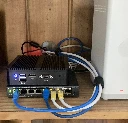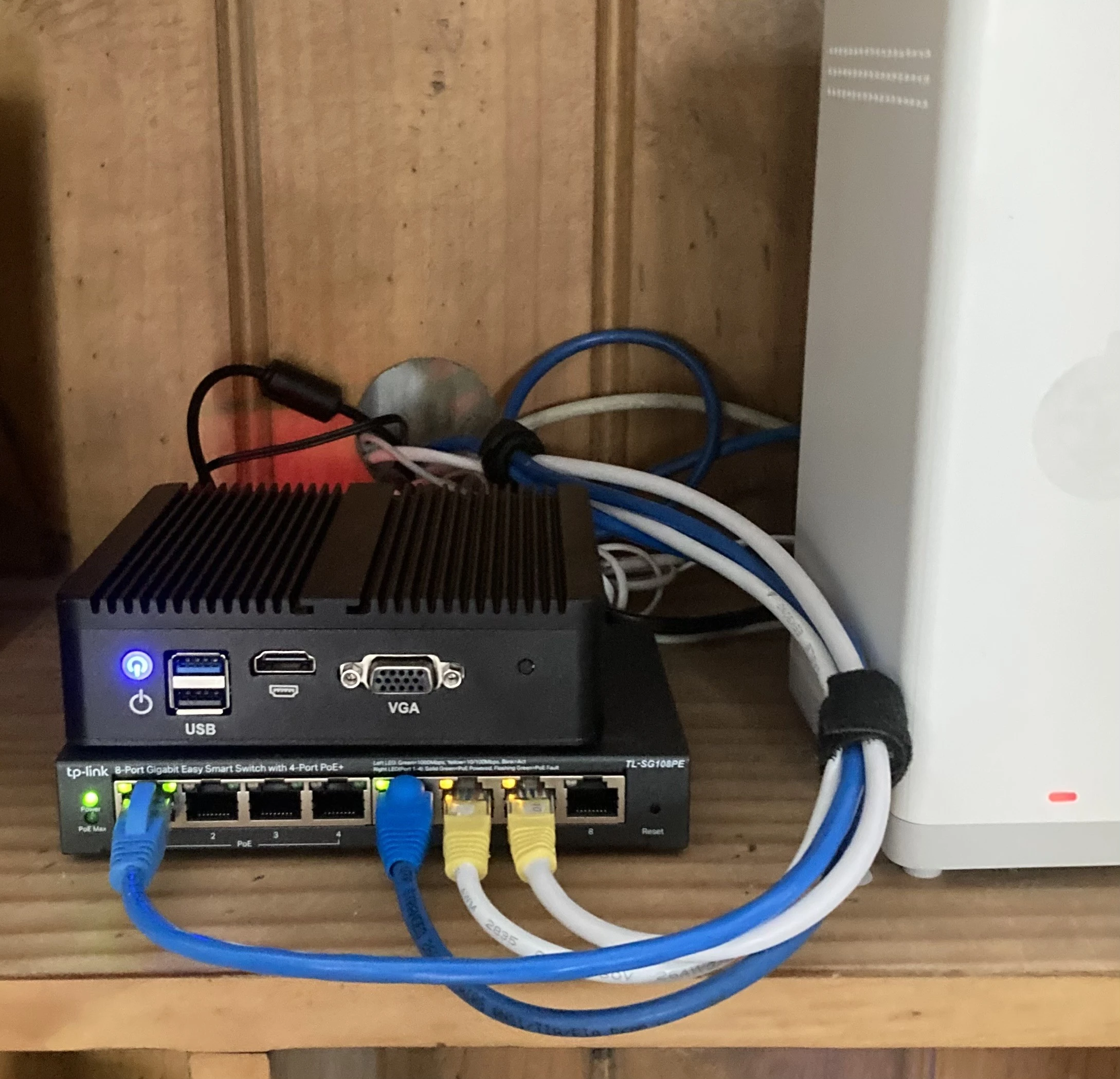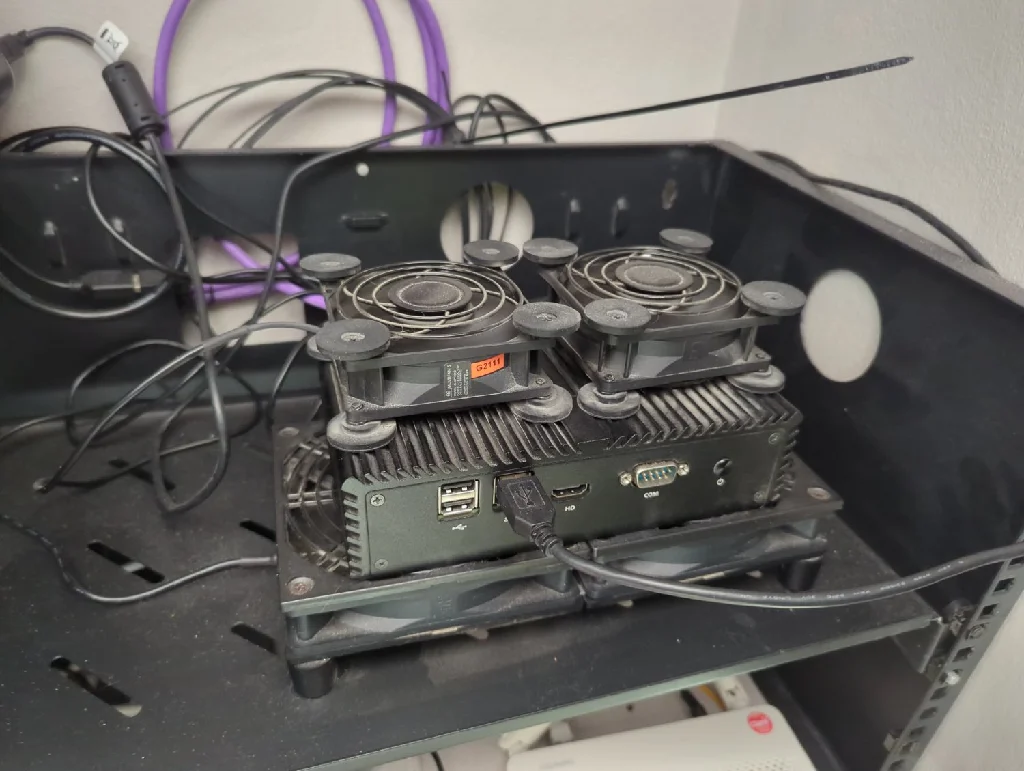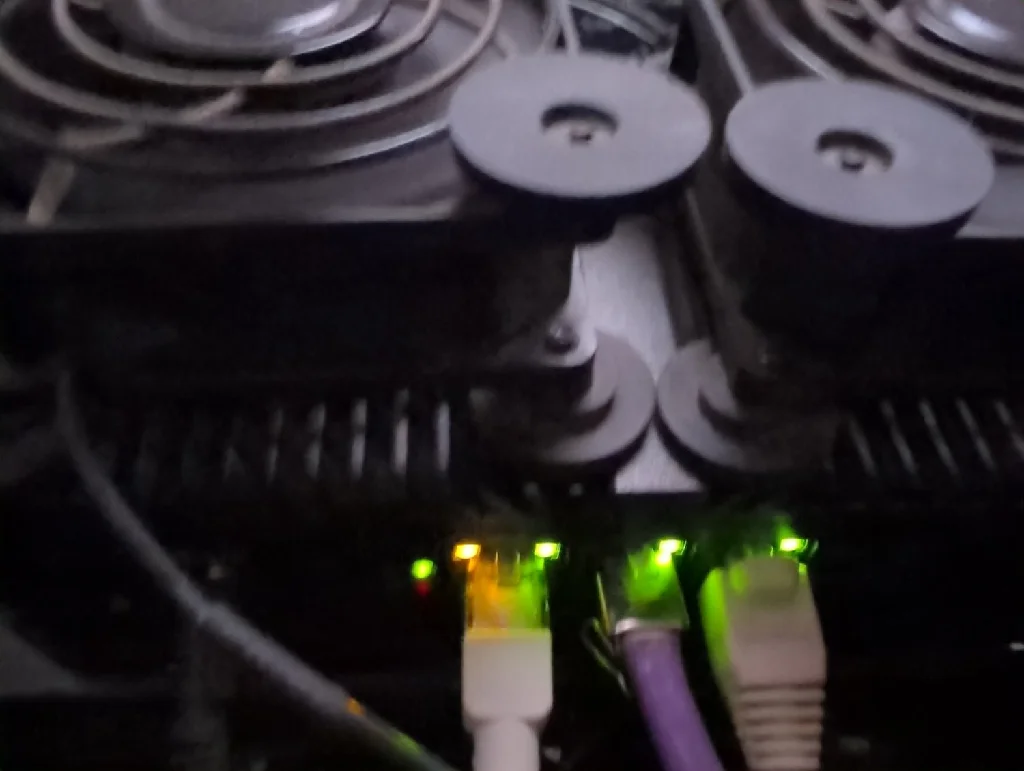OpnSense would be the easiest way if you wanted to go. It's still not easy, but the articles online should help you out.
First you'd need a machine. I've got an m920q I bought off eBay for $135 after shipping.
The computer will likely only have one Ethernet port. And it's likely the port is Realtek which isn't supported well.
So, you'll need to get yourself a NIC (a fancy term for a network card). There are good forum posts and articles online about the best NICs to buy for your needs. Intel is a must. However, you can find many of their NICs online labeled as another brand - usually HP, Lenovo, or Dell. Again, the forum posts will tell you what to look for.
If you bought the same computer I mentioned above, you'll also need a riser and a bezel. Amazon and eBay will have a good selection.
Now assemble it. Flash the computer with OpnSense. Don't plug it in as your router yet. Follow along with some basic setup guides online to figure out how you want it configured.
Once you're happy, plug it in as your router and test that it works. If not, you'll need to put your old router back in place until you can figure out what you need to change.



